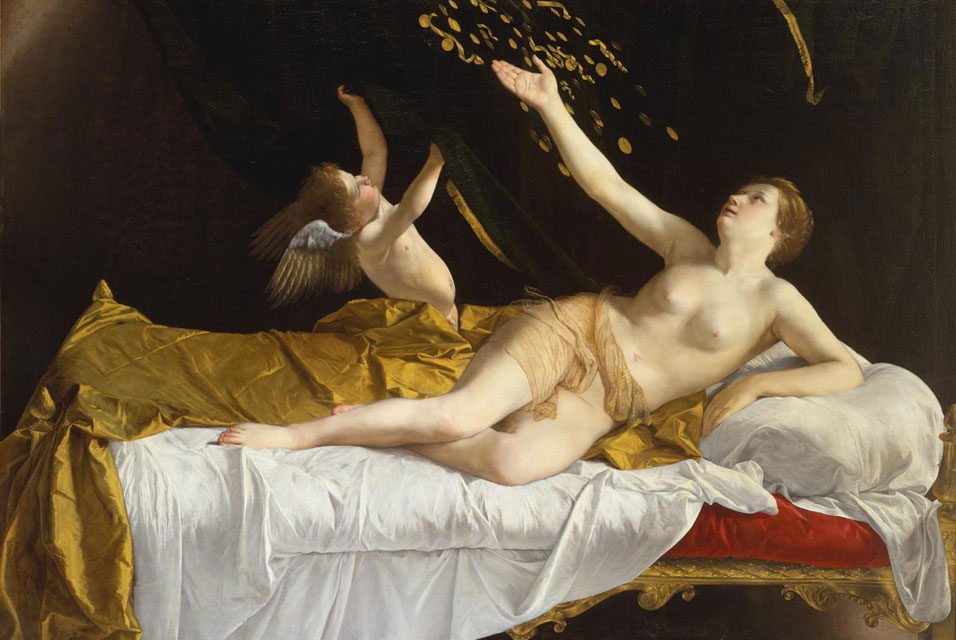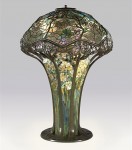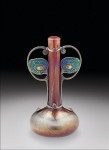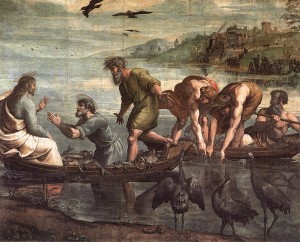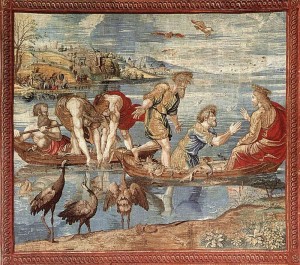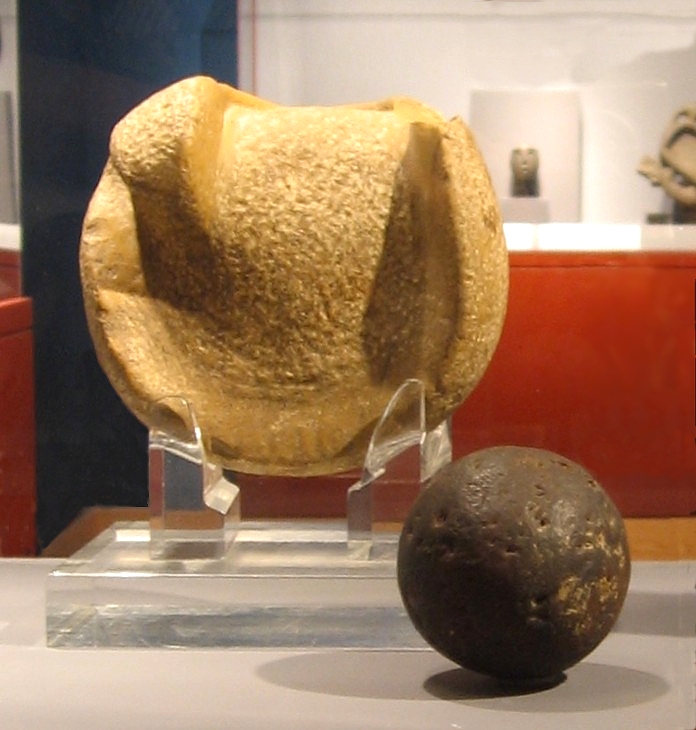Richard L. Feigen is a renown art collector and dealer based in New York who has spent 50 years building an impressive collection of 14th through 17th century Italian paintings by great artists like Fra Angelico, Annibale and Ludovico Carracci, Guercino, and Orazio Gentileschi (father of one my favorites, Artemisia Gentileschi). Until now this collection has never been publicly exhibited or even cataloged.
From May 28th to September 12, 60 masterpieces from the Feigen collection will be on display at the Yale University Art Gallery.
The Italian paintings owned by Richard Feigen constitute what is among the most important private collections in the world today, one that is widely admired for both its depth and quality. The collection is particularly noteworthy for its early Tuscan paintings, late Renaissance and Mannerist works, and early Baroque masterpieces. Included in the exhibition are three paintings by Fra Angelico, ranging in date from one of his earliest works from before 1420 to what may be among the last images he created before his death in 1455. Among other highlights are Jacopo Zucchi’s “The Crucifixion” (ca. 1583) and Alessandro Allori’s “Christ Carrying the Cross” (ca. 1591–95)—examples of small, refined works painted on copper, a technique that came into vogue in the later 16th century and found an even greater popularity in the 17th century. The collection also features two of the most important masterpieces of Baroque painting anywhere in the country—”The Virgin and Child with Saint Lucy and the Young Saint John the Baptist” (ca. 1587–88) by Annibale Carracci and “Danaë and the Shower of Gold” (1621–22) by Orazio Gentileschi.
While you’re there, you can swing by the third floor to see Yale’s permanent collection of early Renaissance paintings. Yale is the only public institution besides the New York Historical Society to have on display a significant collection of pieces from the early Italian Renaissance.
Featuring one of the largest and finest groups of 13th- and 14th-century Tuscan paintings in the world, the Jarves Collection also contains a significant number of Sienese 15th-century paintings, as well as such acknowledged masterworks as Gentile da Fabriano’s “Virgin and Child” (ca. 1420) and Antonio del Pollaiuolo’s “Hercules and Deianira” (ca. 1475–80). The Gallery’s collection of Italian paintings has grown over the years with important acquisitions such as Jacopo Pontormo’’s “Madonna del Libro” (ca. 1545–46).
One visit to Yale over the next few months and you’ll get a rich education in Italian art of the early Renaissance.
